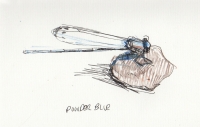This post was written by Kristin Gjerdset and was originally published to her own blog. Kristin is a local artist and arts professor living in Milwaukee. She has been involved at the Urban Ecology Center for ten years! Click here to view the original post on her blog. Kristin is also one of the artists featured in our gallery space at Riverside Park. Click here to learn more and feel free to come see the exhibit through September 2014
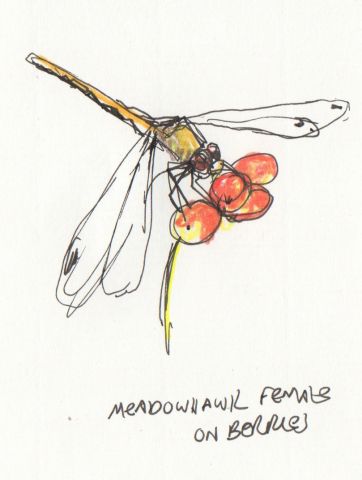
Admittedly, I have thought of them as very simple looking creatures but after seeing them up close with magnifiers, held carefully in hand, that idea changed. Their colors can be brilliant. Their head and legs are covered with what appear to be spikes. Their bodies are divided by segments, indicated by indentations and color. Their eyes revolve around with thought and purpose. And the wings are an entirely complex arrangement of line and pattern. I learned each individual Odonata has its own wing design. I guess one could compare it to our fingerprints. We each have our own identifying marks. So when I think of the probably millions, perhaps trillions of these animals, that live on this planet and will continue to be born, that is quite astounding. The depth of what God has created is quite intense.
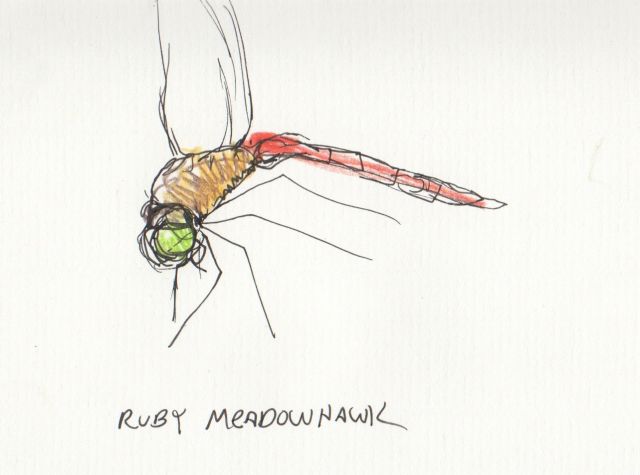
I was compelled to sketch them the more I saw them. I did not expect to get as much information as I did. It helped that they were controlled to a degree, as they were delicately held. They also spent more time sunning themselves and repeating body positions than I expected. Above and below are some of my quick observations. As you can see, there was no time for capturing wing details. They did not spend that much time staying in one place! Each study represents about 1-3 minutes of drawing, if not a few seconds for some. It was a joy regardless. These sketches represent good memories of briefly becoming part of another animal’s world.
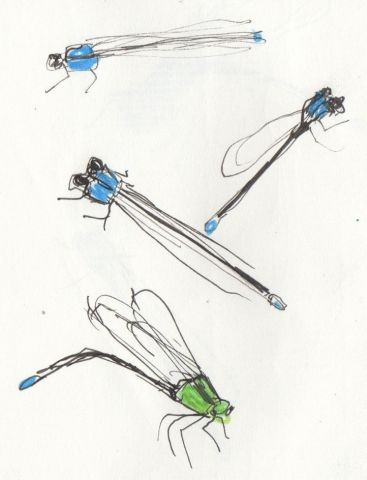
Thanks to Jenn at the Urban Ecology Center and all the enthusiastic individuals I shared the trails with today to discover them!
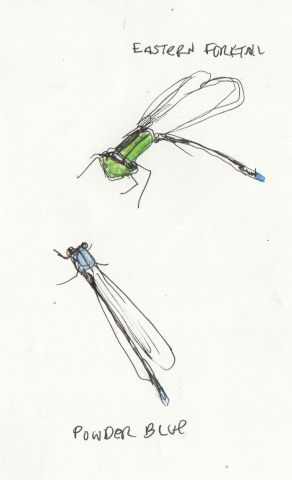
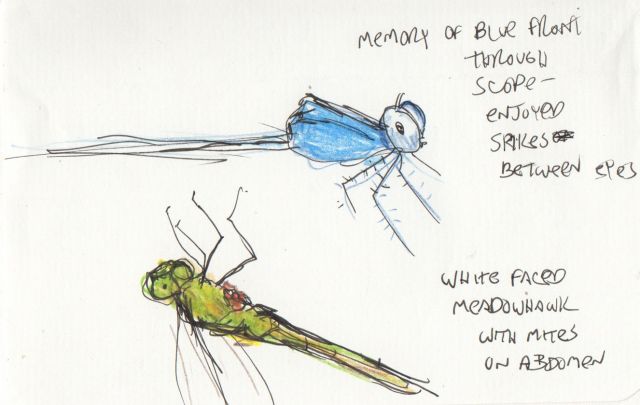
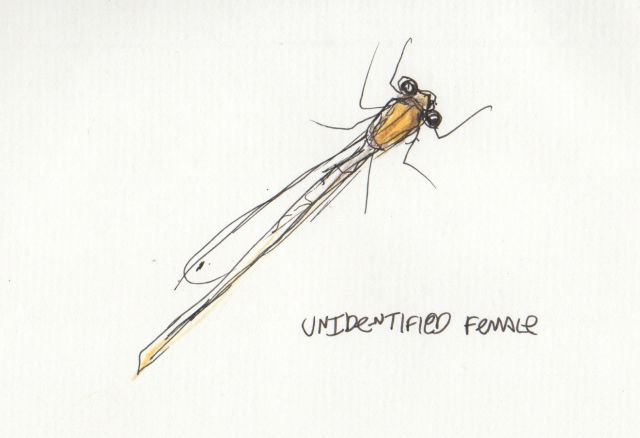
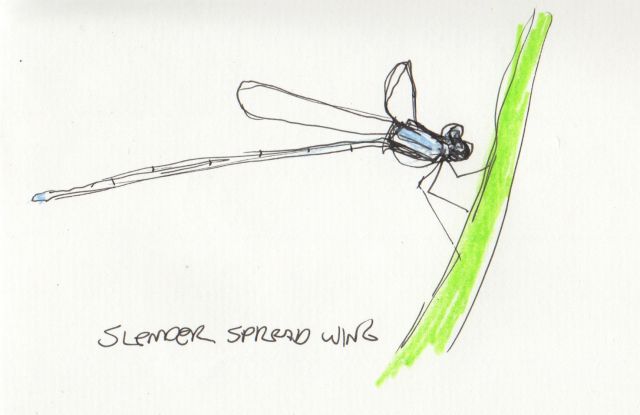
These images are original creations of Kristin Gjerdset so please ask for permission to reproduce. The respect is appreciated from one creative individual to another.


